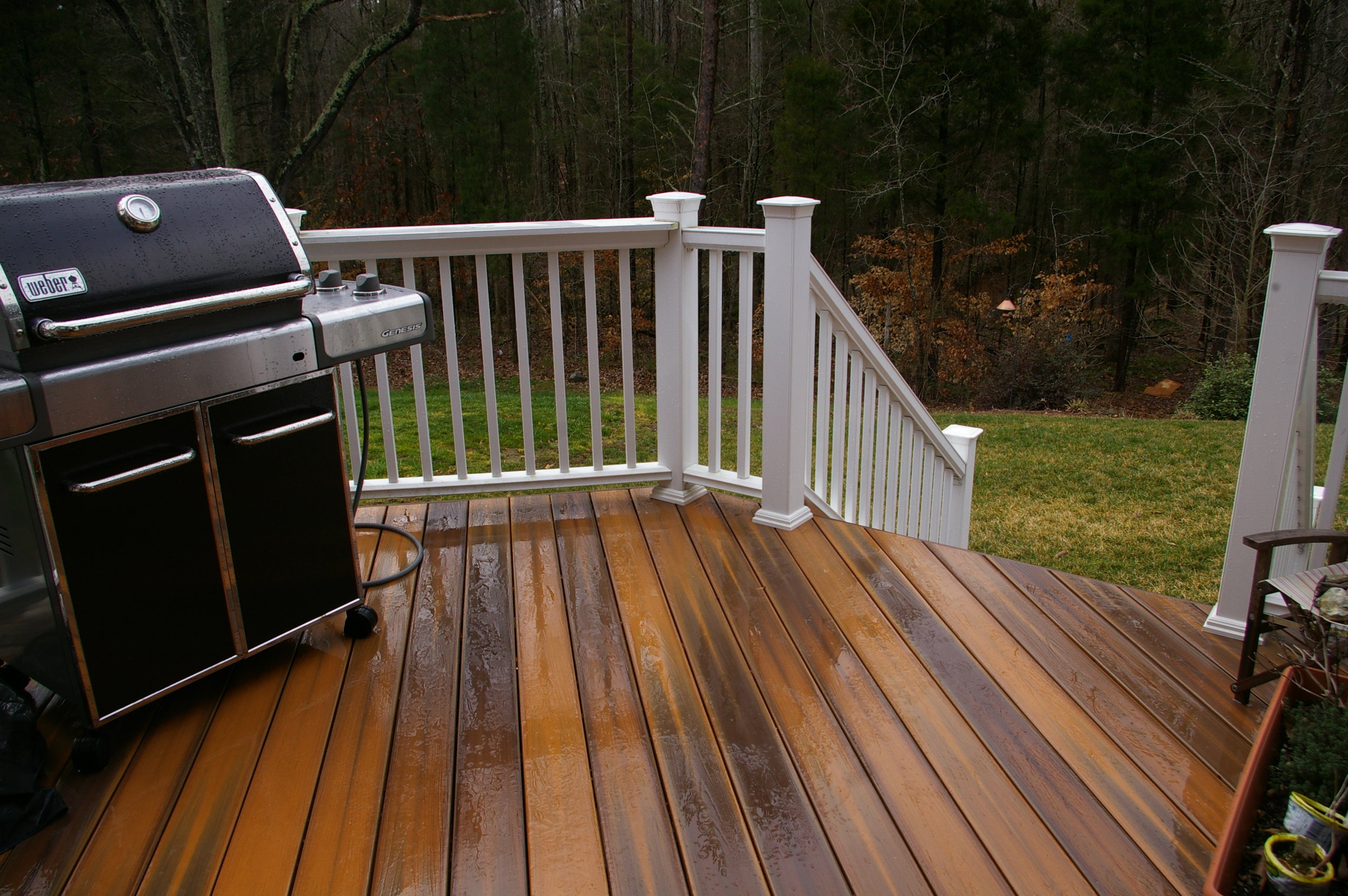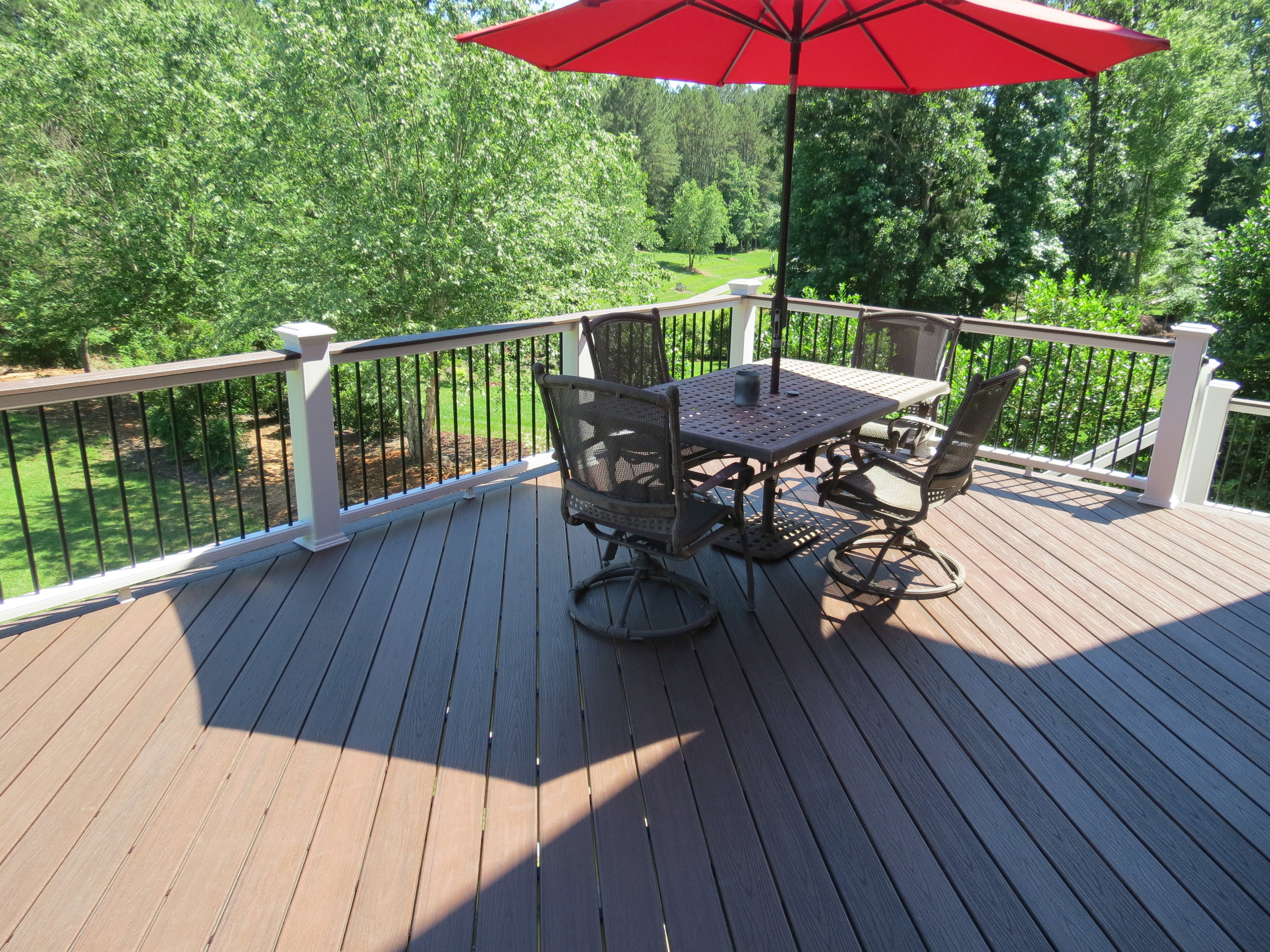Creating a harmonious and visually captivating outdoor area involves more than just selecting the perfect plants or designing an exquisite deck. By incorporating hardscape features, such as patios, walkways, and retaining walls, you can truly elevate the look and practicality of your landscape, turning it into the perfect extension of your living space. As an integral part of landscape design, hardscaping combines aesthetics and function, enabling you to create outdoor spaces that are comfortable, attractive, and tailored to your specific needs and preferences.
In this comprehensive guide, we'll explore the ins and outs of hardscaping, showcasing the wide range of hardscape possibilities for your outdoor space and offering expert tips for planning, designing, and maintaining stunning hardscape features. From patios and walkways to retaining walls and fire pits, a thoughtfully designed hardscape can significantly enhance the aesthetics and utility of your outdoor area, providing endless opportunities for relaxation, entertainment, and enjoyment.
Whether you're looking to create an inviting outdoor dining area, a picturesque garden pathway, or a multi-tiered landscape with sculptural retaining walls, hardscape features offer the ideal solution for adding depth, texture, and character to your outdoor space. Not only do these features bring an element of elegance and sophistication to your landscape, but they also provide functional benefits, such as improving accessibility and drainage, or creating distinct zones for various outdoor activities.
If you're ready to transform your landscape into a breathtaking outdoor oasis, continue reading, and let us at Deckscapes, Inc. guide you through each step of the hardscape planning and installation process. With our extensive expertise and creative vision, we'll help you design and implement hardscape features that seamlessly blend with your existing landscape, complement your home's architecture, and elevate your outdoor living experience to new heights.
Hardscape Elements: Discovering the Possibilities for Your Outdoor Space
There is a wide variety of hardscape features that can be incorporated into your landscape, each offering unique benefits and appealing aesthetics. Some popular hardscape elements include:
1. Patios:
A well-designed patio serves as a functional extension of your living space, offering an inviting area for outdoor dining, relaxation, or entertainment. Choose from various materials, including concrete, natural stone, or pavers, and customize the layout to complement your landscape perfectly.
2. Walkways:
Walkways not only provide accessibility but also add visual interest and character to your outdoor space. A thoughtfully designed walkway can guide visitors through your landscape while creating seamless transitions between different areas.
3. Retaining Walls:
Retaining walls serve both a practical and an aesthetic purpose, providing soil retention and stabilization while creating a striking architectural feature. They can be constructed from a wide array of materials, including natural stone, brick, or poured concrete.
4. Fire Pits and Outdoor Fireplaces:
These warm and inviting features can become the center of your outdoor gatherings, serving as both a focal point and a functional heating source, offering a cozy ambiance.
Choosing the Right Materials for Your Hardscape Features
The materials you select for your hardscape features will have a significant impact on their durability, maintenance requirements, and overall visual appeal. Here are some popular options to consider when planning your hardscape project:
1. Concrete:
This versatile and cost-effective material can be used for a variety of hardscape features, including patios and walkways. For a more decorative look, consider stamped or stained concrete, which can mimic the appearance of natural stone or brick.
2. Natural Stone:
For a timeless and elegant aesthetic, natural stone is an excellent choice for patios, walkways, or retaining walls. Options such as bluestone, flagstone, or travertine offer unique textures and organic beauty that can enhance any landscape.
3. Pavers:
Pavers provide a durable and visually striking option for patios and walkways. Available in a wide range of colors, shapes, and textures, pavers allow for greater customization and creativity in your hardscape design.
4. Brick:
Brick is a classic and attractive option for hardscape features, offering warmth, texture, and a touch of traditional charm. Consider incorporating brick into walkways, patios, or retaining walls for a timeless appeal.
Essential Planning Tips for Your Hardscape Project
A successful hardscape project begins with proper planning. Here are some key factors to consider during the planning phase:
1. Assess Your Outdoor Space:
Before diving into your hardscape project, evaluate your outdoor area, considering the existing landscape elements, terrain, and drainage conditions. This will inform your design choices and ensure that your hardscape features blend seamlessly with the existing surroundings.
2. Determine Your Needs and Preferences:
Consider the specific elements you'd like to include in your hardscape, keeping in mind factors such as functionality, aesthetics, and maintenance requirements. For example, if you're seeking a low-maintenance patio material, consider opting for pavers or stamped concrete.
3. Set a Budget:
Establish a budget for your hardscape project that accounts for materials, labor, and any additional landscaping needs. This will help guide your design choices and ensure that your project stays within your financial comfort zone.
4. Consult with Professionals:
Enlist the assistance of an experienced hardscape designer or contractor to help bring your vision to life. A knowledgeable professional can offer expert advice on design, materials, and installation techniques, ensuring a successful and visually stunning result.
Maintaining Your Hardscape Features for Long-lasting Beauty
Proper maintenance is essential in keeping your hardscape features looking their best and prolonging their lifespan. Here are some tips for maintaining various hardscape materials:
1. Concrete:
Regularly clean your concrete surfaces with a gentle detergent and water, using a stiff-bristle brush to remove dirt and stains. In colder climates, be sure to use a sealer to protect your concrete from freeze-thaw cycles.
2. Natural Stone:
For stone surfaces, gently clean them with water and a mild detergent, avoiding the use of harsh chemicals or pressure washers that can deteriorate the stone over time.
3. Pavers:
Regularly sweep your paver surfaces and remove any weeds that may grow between the pavers. Periodically reapply joint sand to maintain the structural integrity of your paver installation.
4. Brick:
Clean brick surfaces periodically with water and a mild detergent. In some cases, brick may require repointing, which involves replacing deteriorated mortar joints with new mortar to maintain structural stability.
Experience the Beauty and Functionality of a Well-Designed Hardscape
A well-planned and executed hardscape can provide endless enjoyment and an elegant extension of your indoor living space. By carefully considering your needs and preferences, selecting the right materials, and working with skilled professionals, you can create a stunning and functional outdoor area that will enhance your lifestyle and increase the value of your property.
Let us at Deckscapes, Inc. help you design and install the hardscape of your dreams. Our experienced team of deck and porch builders will guide you through the process, offering expert advice and exceptional craftsmanship to bring your outdoor vision to life



